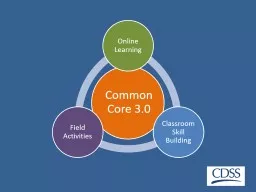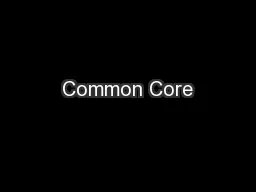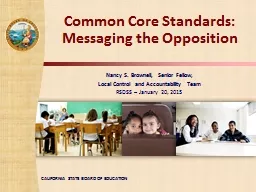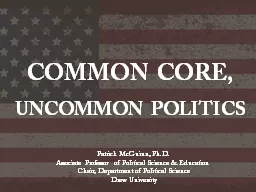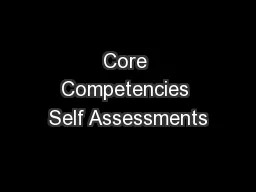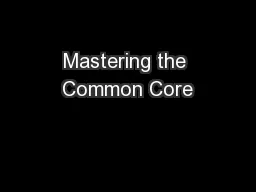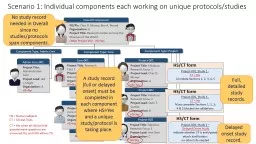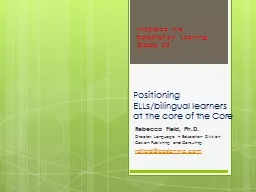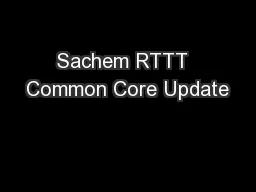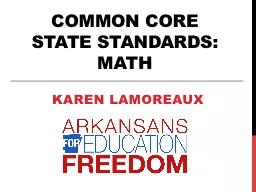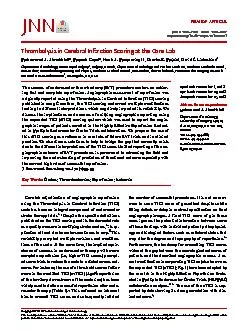PPT-Common Core 3.0 Online Learning
Author : ellena-manuel | Published Date : 2020-01-20
Common Core 30 Online Learning Classroom Skill Building Field Activities 1 Structured Decision Making SDM Assessment Skills Lab California Common Core December 31
Presentation Embed Code
Download Presentation
Download Presentation The PPT/PDF document "Common Core 3.0 Online Learning" is the property of its rightful owner. Permission is granted to download and print the materials on this website for personal, non-commercial use only, and to display it on your personal computer provided you do not modify the materials and that you retain all copyright notices contained in the materials. By downloading content from our website, you accept the terms of this agreement.
Common Core 3.0 Online Learning: Transcript
Download Rules Of Document
"Common Core 3.0 Online Learning"The content belongs to its owner. You may download and print it for personal use, without modification, and keep all copyright notices. By downloading, you agree to these terms.
Related Documents

